Retrofits for Reopening
As talk has shifted to reopening the economy following the COVID-19 shutdown, the focus has moved to control and prevention of the virus' spread.
As talk has shifted to reopening the economy following the COVID-19 shutdown, the focus has moved to control and prevention of the virus’ spread. Already, that is giving rise to new products and services for commercial space—from cleansers to workstation add-ons to monitoring devices that measure usage and density of space. The devices are intended to manage how a space is used, which could mean limiting the number of people occupying it at a given time (say, a store or the pantry in an office) or closing it entirely (a conference room). In addition, existing products are experiencing greater implementation and even new applications, providing such benefits as contact-free entry and automated security. There are many products emerging that don’t just make life easier, they make it safer from invisible as well as visible threats.
Providing safer environments for live, work and play is also requiring rethinking of processes—devising more specific routes for pedestrian traffic down office corridors or in stores, spreading out workers on an assembly line, closing conference rooms in favor of conference calls, limiting the number of people in any enclosed space at one time. Think of it as interior design meets urban planning. In some cases, the steps are surprisingly simple; in others, they will require significant reorganization. For instance, it’s one thing to reduce conference room use, and even to limit traffic in the pantry, with handwashing readily available after touching the coffee machine or the refrigerator. On the other hand, it’s tough to maintain distance while browsing in a clothing store, and smaller office spaces will require some creativity to prevent people from passing each other in the corridor. Restrooms may present an even bigger challenge, given the greater risks for germ dispersion. Still undetermined is whether it’s enough to limit a public, multi-stall restroom to one user at a time or if they will require installation of toilet lids and automatic paper towel dispensers—or even retrofitting to fully enclose stalls and urinals.
Efforts to make buildings healthy, fortunately, were already underway before the arrival of the COVID-19 pandemic. Since the International Well Building Institute introduced its certification system in 2014, there’s been a growing focus on the health and well-being of building occupants. This has resulted in better air circulation, ventilation and filtration, all of which will directly contribute to viral risk reduction. Other certification requirements impact viral transmission less directly but are also aimed at improving employee health overall, including attention to water quality, nourishment, light, fitness, thermal comfort and emotional health, along with three more concepts incorporated into the new WELL v2 certification: sound, materials and community.
As more businesses and buildings open up, the good news is that we have plenty of options and ideas to implement. But we will certainly need to invest in further change and experimentation, especially as new scientific determinations emerge.
What are you doing at your properties? Email me at suzann.silverman@cpe-mhn.com and share your ideas!



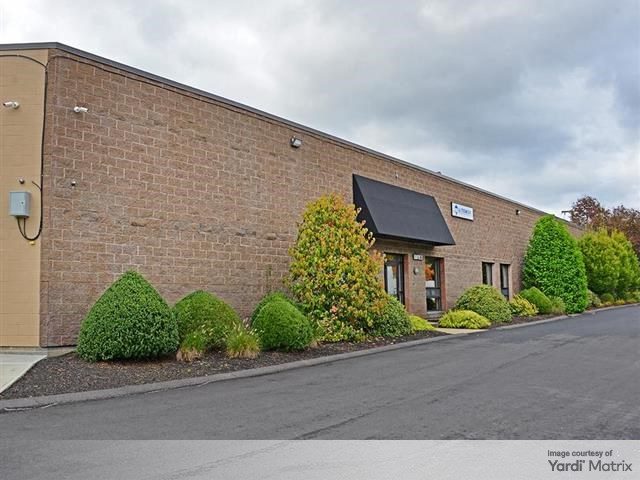
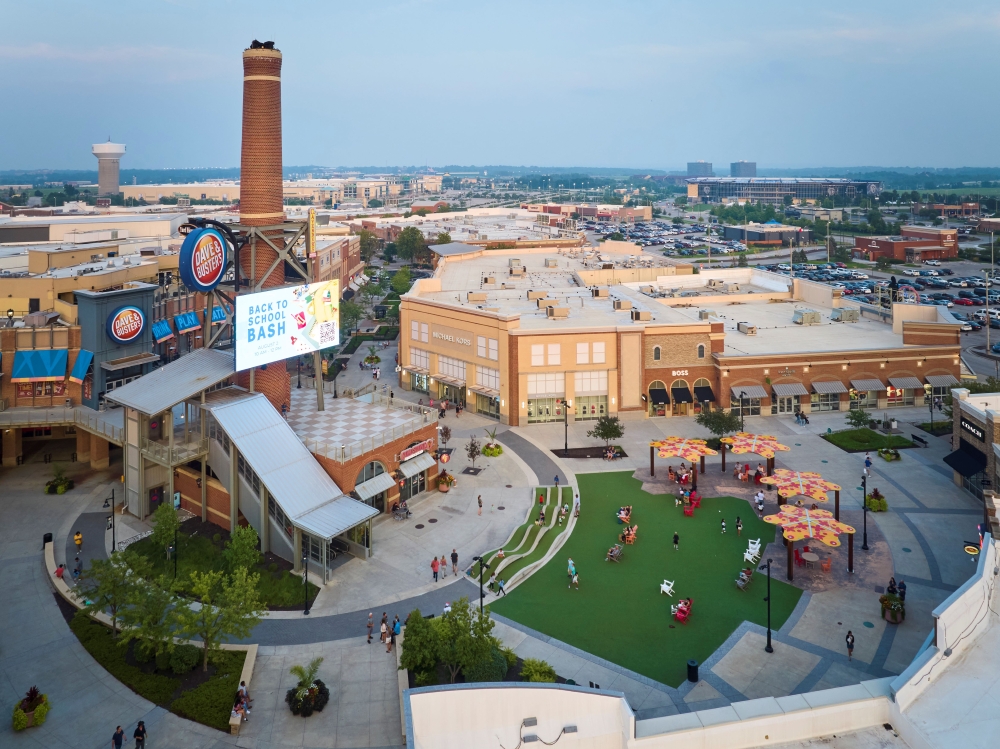
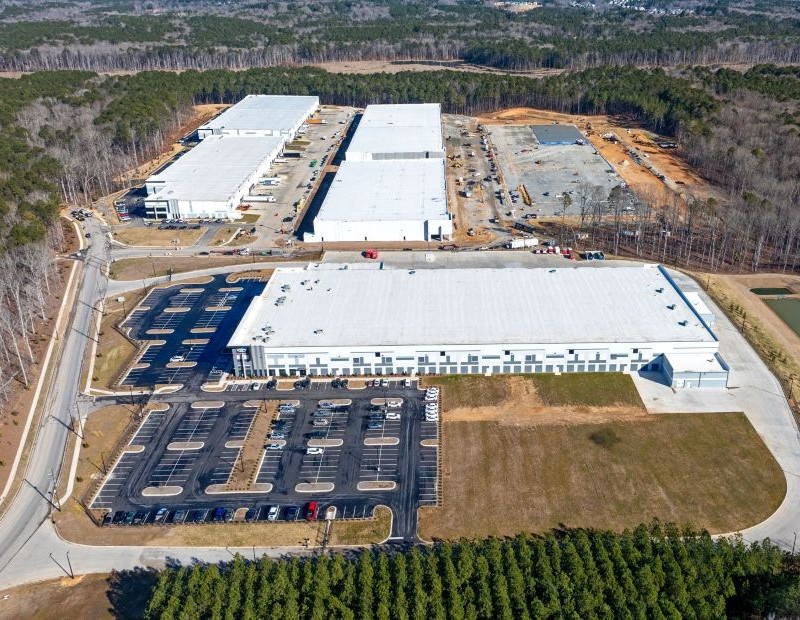
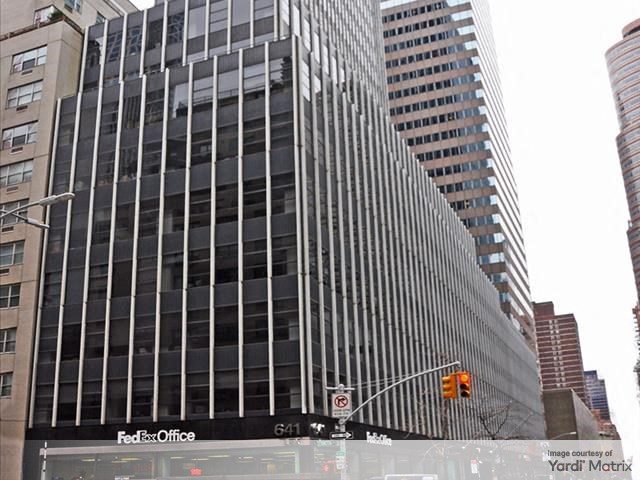
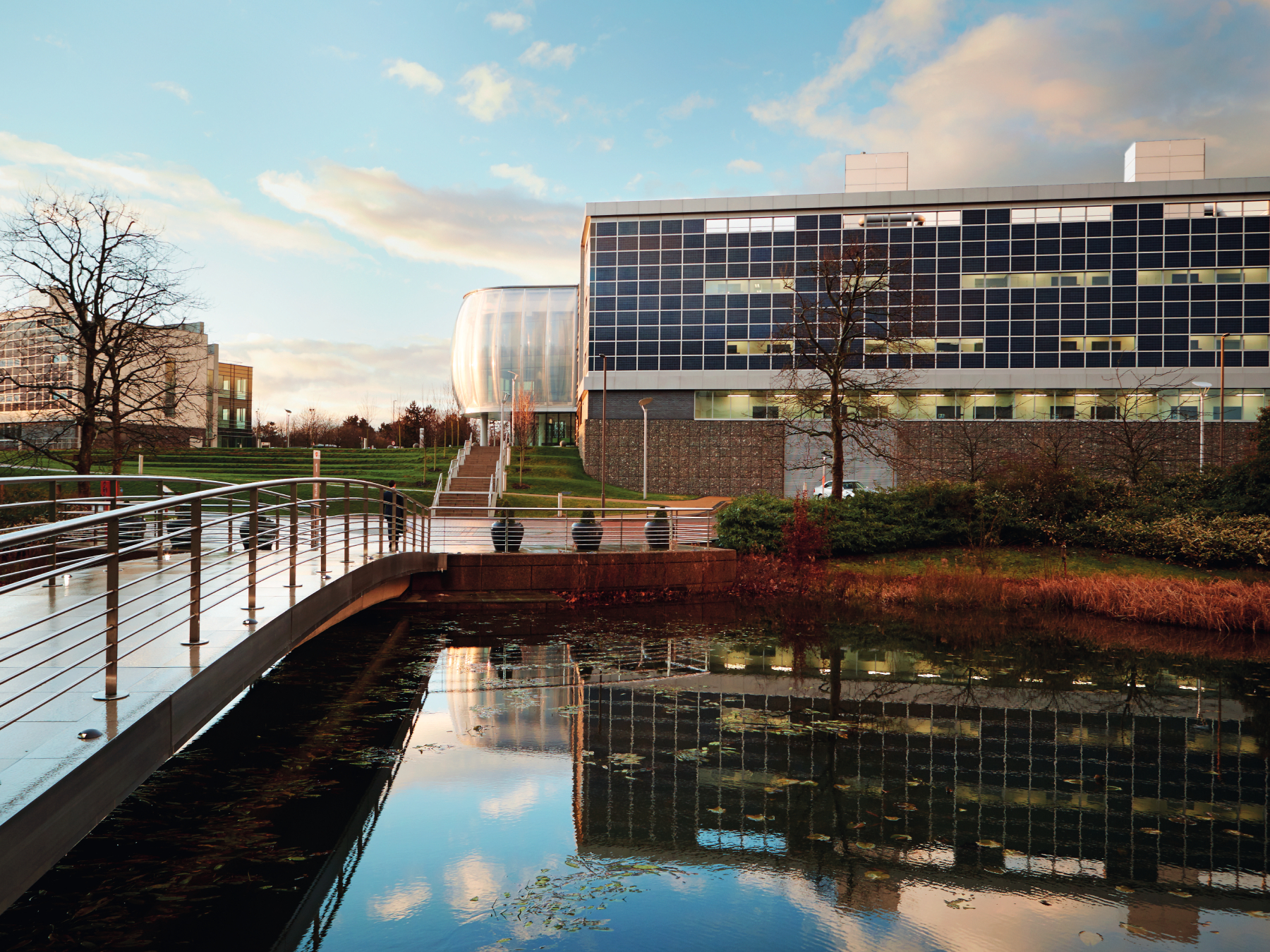
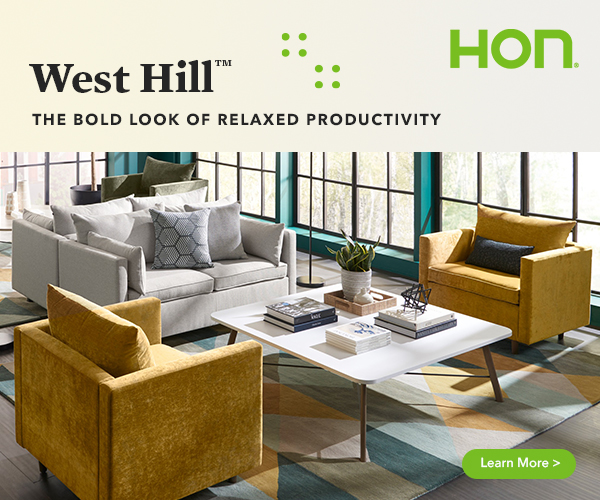
You must be logged in to post a comment.